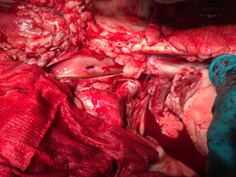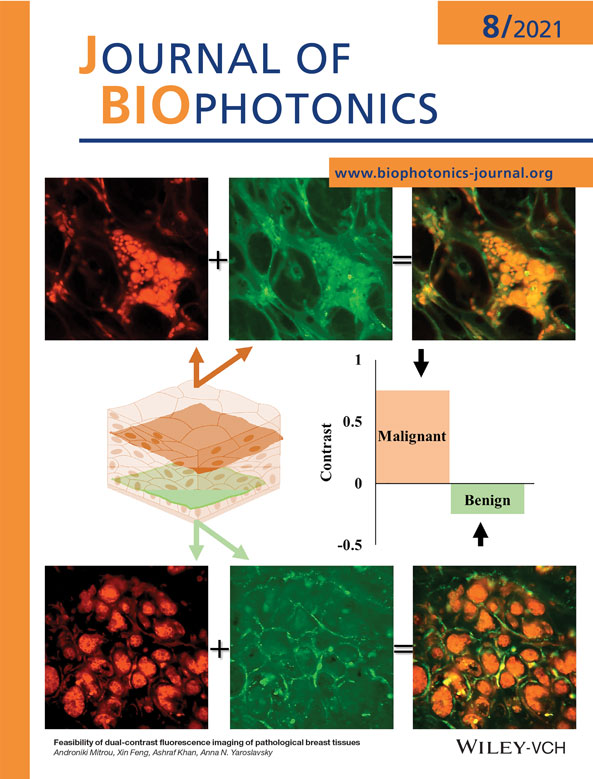Joint time-frequency analysis of visible laser reflections in a sheep heart
Funding information: Bradley J. Stringer, Grant/Award Number: Personal investment; Verum TCS, LLC, Grant/Award Number: Private R&D Investment
Abstract
Limited methods exist to confirm the position of cardiovascular devices in the superior vena cava or right atrium of the heart. The aim of this study was to design, test and validate the feasibility of whether an optical fiber-based instrument could accurately distinguish when a cardiovascular catheter was located in the superior vena cava vs in the right atrium. An optical fiber was placed in a cardiovascular catheter which was inserted into a living sheep and guided to the vicinity of the heart where diode laser-based reflection intensity data were simultaneously gathered from two visible wavelengths of light reflected from the venous and atrial tissue surfaces near the cavoatrial junction. The time series data were postoperatively analyzed using methods of joint time-frequency analysis and validated against catheter positions determined with fluoroscopy and ECG. The system was successful in distinguishing the location of the superior vena cava from the right atrium.
CONFLICTS OF INTEREST
Bradley J. Stringer and Spencer B. Shumway are minority shareholders of Verum TCS, LLC who partially funded this study. Jeremy P. Willden was a paid consultant to Verum TCS, LLC on this study, but otherwise declares no financial or commercial conflict of interest. Kai Kuck declares no financial or commercial conflict of interest.
Open Research
DATA AVAILABILITY STATEMENT
Research data are not shared.




